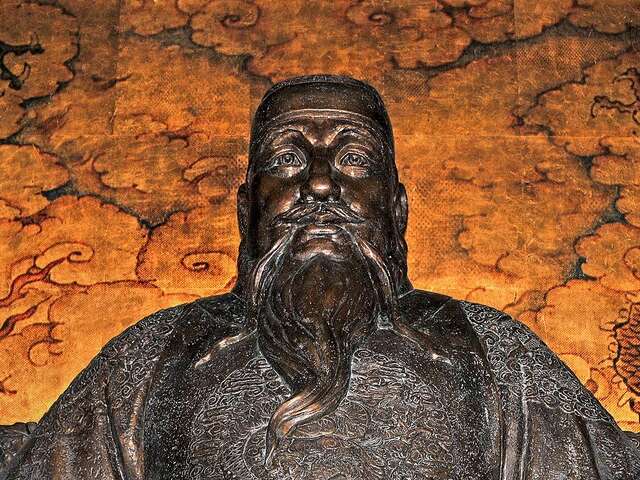
The dynamic region of Central and South America is filled with so many wonders that it is hard not to fall in love with such a beautiful destination. Lose yourself in the upbeat atmosphere as you sway to the samba music, taste test the local food, and travel to many heights to get spectacular views you cannot find anywhere else. You’ll experience more then you could ever imagine when travelling this destination and here is why.
More Amazing Cuisine
Savour the flavours of South American cuisine! Find the most divine ceviche from a street vendor in Peru and wash it down with a tangy pisco sour. Discover your new favourite comfort food in the empanadas of Argentina and indulge in dulce de leche as a sweet treat. No matter where you travel in South America, you’ll find foods influenced by Native American, African, Spanish and Italian cultures grown in a place where the climate and geography provide for a variety of meats, fruits, vegetables and spices that lend themselves to many unforgettable culinary delights.
More Cultural Experiences
The cultural experiences you’ll find as part of our South American itineraries are wonderful travel moments that range from great to small. You’ll enjoy sightseeing trips to see the fantastically diverse and abundant wildlife population, visits to some of the world’s most iconic sites, and dining on a diverse variety of foods that make for many delightful culinary experiences. These special inclusions have been selected by our experts to allow you to truly come to know South America, and more importantly, the people (and animals and plants) who call it home.
More Inspiring Landscapes
South America is an intriguing land known for some of the world’s most iconic sites. It’s home to Machu Picchu, the Sacred Valley of the Incas, Torres Del Paine National Park, the Galapagos Islands, Iguazu Falls, Rio de Janeiro, Buenos Aires and many more sought after locations. Take a full-day cruise through the breathtaking Chilean Fjords, spend a day exploring unspoiled nature trails through the jungle, discover the alluring city of Santiago or swim in the natural pools of the Amazon. No matter what you choose, the unforgettable sights of South America will leave you absolutely speechless.
Diana Ditto, one of Collette's Product Managers, has been travelling all her life. You can find her seeking out the best of Ireland, Scotland, England and beyond. If you see her out on the road be sure to say hello and raise a glass of Guiness. Blog copy used with permission from Collette.













